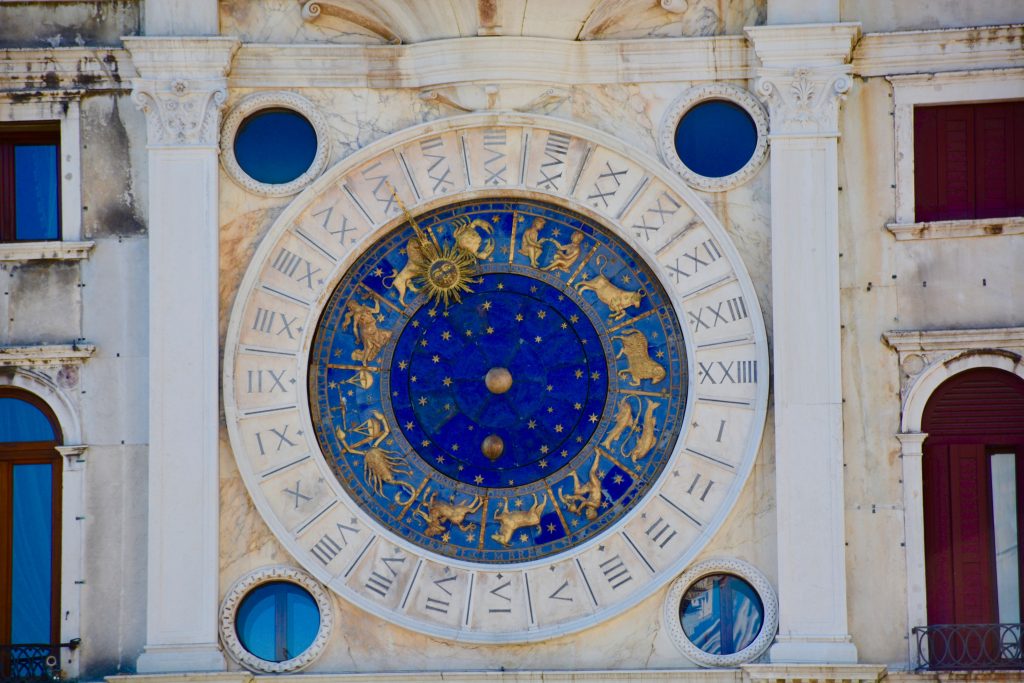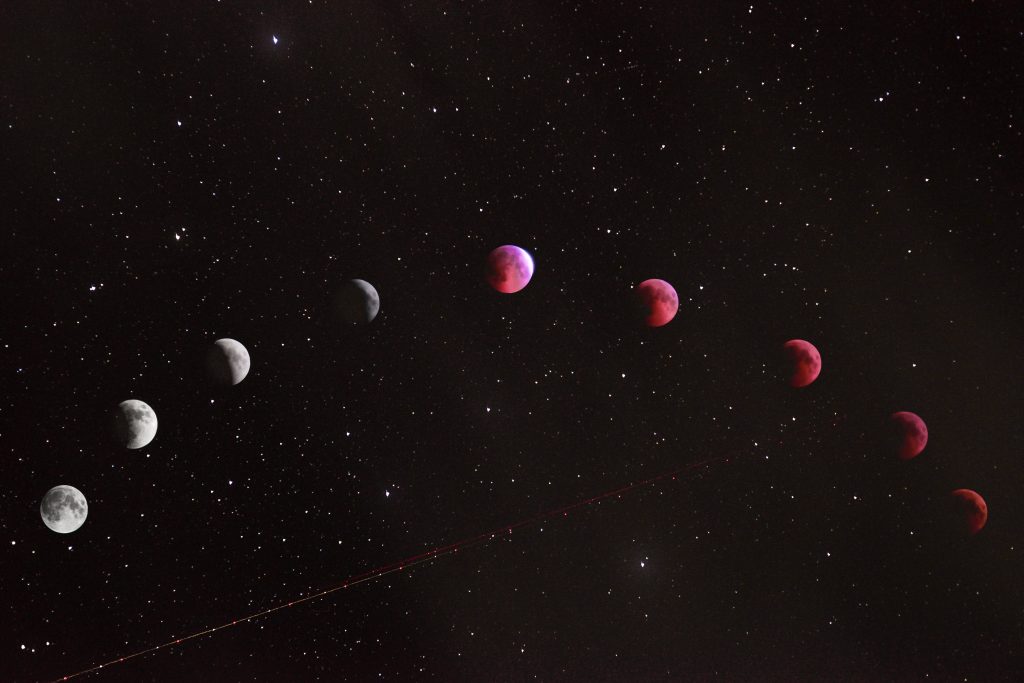Have you ever wondered about the significance of aperture in telescopes? Well, let’s explore this together, shall we? The aperture of a telescope refers to the diameter of its main optical component, which is typically the objective lens or primary mirror. Now, why is this important?
The aperture plays a vital role in telescopes as it directly influences two crucial factors: light gathering power and resolution. When a telescope has a larger aperture, it can collect more light, resulting in brighter and clearer images of celestial objects. This means that with a larger aperture, you’ll be able to see fainter objects, such as distant galaxies or nebulae, which would otherwise remain invisible with a smaller aperture. Additionally, a larger aperture enables better resolution, allowing you to discern finer details in the objects you observe. So, next time you’re stargazing through a telescope, remember the significance of aperture in enhancing your celestial experiences!
Definition of Aperture
Definition
Aperture, in the context of telescopes, refers to the diameter of the objective lens or primary mirror. It is the opening through which light enters the telescope. A larger aperture allows more light to enter the telescope, whereas a smaller aperture restricts the amount of incoming light.
Importance of Aperture in Telescopes
The aperture of a telescope plays a crucial role in its overall performance and capabilities. It directly affects several key aspects, including light-gathering power, resolving power, and the maximum achievable magnification.
Function of Aperture
Gathering Light
The primary function of aperture in telescopes is to collect light. A larger aperture enables the telescope to capture more light, leading to brighter and more detailed views of celestial objects. This is particularly important when observing faint or distant objects such as galaxies, nebulae, and star clusters.
Determining Resolution
Aperture also contributes to the resolving power of a telescope. Resolving power refers to the ability of a telescope to distinguish fine details and separate closely spaced objects. A larger aperture allows for better resolution, enabling the viewer to see smaller and more intricate features on celestial targets, such as the intricate banding on Jupiter or the craters on the Moon.
Affecting Magnification
While aperture does not directly determine the magnification of a telescope, it does set limitations on the maximum usable magnification. As the aperture increases, the potential for higher magnification increases as well. This is due to the telescope’s ability to gather more light, which is essential for maintaining image brightness at higher magnifications.

Relationship between Aperture and Performance
Light Gathering Power
The size of the aperture directly impacts the light-gathering power of a telescope. A larger aperture collects more light, making it particularly advantageous when observing faint or distant objects. Objects that may appear dim or indistinct with a smaller aperture telescope can become clearer and more defined with a larger aperture instrument.
Resolving Power
Aperture also influences the resolving power of a telescope. The larger the aperture, the more fine details and subtle features can be observed. This is especially important for planetary and lunar observations, as well as for capturing intricate details on deep-sky objects like galaxies and clusters.
Magnification Limits
While larger apertures allow for higher potential magnification, they also have their limits. Atmospheric conditions, such as turbulence and air movements, can hinder the clarity of the image at high magnifications. Therefore, even with a large aperture, it is essential to consider the steadiness of the atmosphere and choose the appropriate magnification for optimal viewing.
Impact of Aperture on Image Quality
Brightness
Aperture significantly impacts the brightness of the observed image. A larger aperture collects more light, resulting in a brighter image. This increased brightness enhances the overall visual experience and allows for greater detail to be observed.
Contrast
Alongside brightness, aperture also affects the contrast of the image. A larger aperture captures more light, enabling a greater range of tonal variations. This leads to an increased level of contrast, making the observed objects appear more defined and visually appealing.
Sharpness
Aperture plays a crucial role in determining the sharpness of the image. A larger aperture allows for more precise focusing of the incoming light rays, resulting in sharper and crisper images. This is particularly important when observing fine details or intricate features on celestial objects.

Aperture and Observing Conditions
Low-Light Observations
When it comes to observing in low-light conditions, such as during stargazing at night, a larger aperture telescope is highly beneficial. The increased light-gathering power provided by a larger aperture allows for better visibility of faint objects and enhances the overall viewing experience.
Atmospheric Conditions
The atmospheric conditions at a given observing location can greatly impact the performance of a telescope. The larger the aperture, the more susceptible the telescope is to atmospheric disturbances. However, even in turbulent conditions, a larger aperture still offers advantages, as it gathers more light and allows for better resolution and clarity of observed objects.
Seeing Conditions
The quality of seeing conditions, which refers to the atmospheric steadiness, is another factor to consider when choosing the aperture size of a telescope. In areas with consistently good seeing conditions, a larger aperture can be fully utilized to achieve the highest resolving power and observe finer details. In contrast, areas with poorer seeing may benefit from a smaller aperture, as it can mitigate the impact of atmospheric turbulence.
Aperture and Observational Targets
Lunar and Planetary Observations
For observing objects within our solar system, such as the Moon and planets, aperture plays a vital role. A larger aperture telescope reveals more details on the lunar surface, such as craters, mountains, and even smaller features like rilles and lunar valleys. Additionally, when observing planets, a larger aperture allows for better visibility of intricate cloud formations, planetary features, and even the moons of some planets.
Deep-Sky Observations
When it comes to deep-sky objects, such as galaxies, nebulae, and star clusters, aperture becomes even more important. The light-gathering power of a larger aperture enables the viewer to observe fainter deep-sky objects that would be invisible or too dim with a smaller aperture telescope. It also reveals more detail and structure within these objects, allowing for a more immersive and awe-inspiring experience.
Variable Objects
Aperture size is also relevant when observing variable objects, such as certain types of stars that exhibit changes in brightness over time. A larger aperture can provide a more accurate depiction of these variations by capturing more light, enabling a more detailed analysis and understanding of the object’s behavior.

Factors to Consider when Choosing Aperture
Budget
One important factor to consider when choosing the aperture size is budget. Larger aperture telescopes tend to be more expensive than their smaller counterparts. Therefore, it is essential to determine the maximum amount you are willing to invest and find a balance between aperture size and cost that meets your requirements.
Portability
Another consideration is the portability of the telescope. Larger aperture telescopes typically require larger and more robust mounts and tripods. This can make them less portable and more challenging to transport, particularly if you plan on frequently observing from different locations or if you have limited storage space.
Desired Observational Targets
Lastly, the desired observational targets should guide your selection of aperture size. If your interests primarily lie in observing deep-sky objects, a larger aperture telescope will provide more satisfying and detailed views. However, if you are more inclined toward planetary or lunar observations, a smaller aperture might still yield impressive results while being more budget-friendly and portable.
Aperture Size and Telescope Designs
Refractor Telescopes
In refractor telescopes, the aperture refers to the diameter of the objective lens. The size of the aperture directly affects the light-gathering ability and resolving power of the refractor telescope. Larger aperture refractors are ideal for observing subjects that require higher magnification, such as planets or the Moon.
Reflector Telescopes
For reflector telescopes, the aperture is determined by the diameter of the primary mirror. Similar to refractors, larger aperture reflectors offer increased light-gathering power, which is advantageous for observing faint deep-sky objects. They are also well-suited for astrophotography due to their ability to capture more light in longer exposure times.
Compound Telescopes
Compound telescopes, such as catadioptric designs, combine both lenses and mirrors to form the optical system. The aperture in these telescopes pertains to the diameter of the primary mirror or the objective lens. These designs often feature a compact form factor while still providing a respectable aperture size. They offer a balance between portability, versatility, and optical performance.
Trade-Offs with Aperture Size
Cost
As previously mentioned, larger aperture telescopes tend to be more expensive. The cost of larger optics, mounting systems, and additional accessories required for larger apertures can make them less accessible for those on a tighter budget. However, it is important to consider the long-term value and capabilities that a larger aperture telescope can provide for your astronomical pursuits.
Size and Weight
With larger apertures comes an increase in size and weight. This can pose challenges in terms of transportation and storage. It is important to factor in your available space and your ability to comfortably handle and set up a larger instrument. Consider whether you will frequently observe from one location or if you require a more portable setup.
Ease of Use
Larger aperture telescopes may require more meticulous and precise alignment procedures, as well as more careful focusing. It is important to consider your level of experience and comfort with complex setups. If you are a beginner, a smaller aperture telescope might be more user-friendly and allow for a smoother learning curve.
Conclusion
Aperture is a fundamental aspect of telescopes that greatly influences their performance and capabilities. The size of the aperture affects various factors such as light gathering, resolution, and maximum achievable magnification. It also has a substantial impact on image quality, including brightness, contrast, and sharpness. Aperture considerations should be tailored to observing conditions, desired targets, budget, portability, and telescope design. By carefully evaluating these factors, you can select the aperture size that best suits your astronomical interests and enhances your overall stargazing experience.











